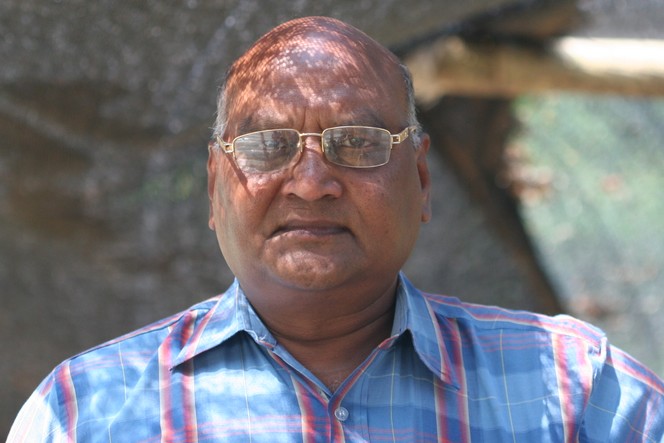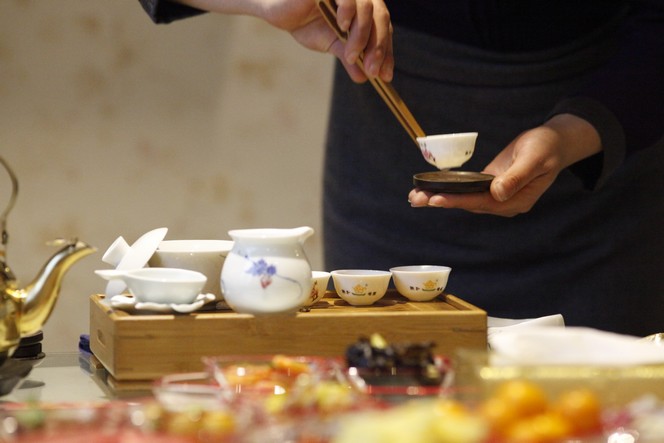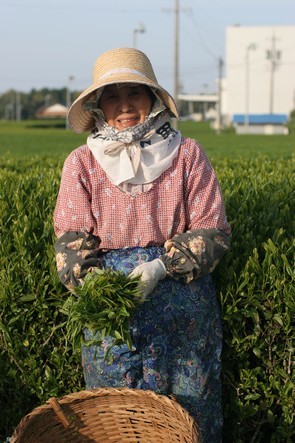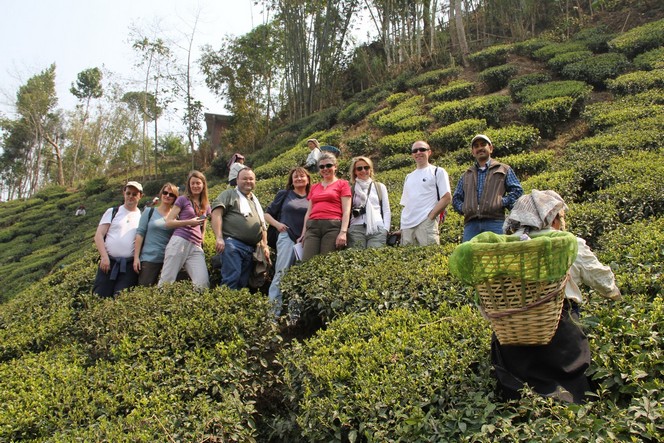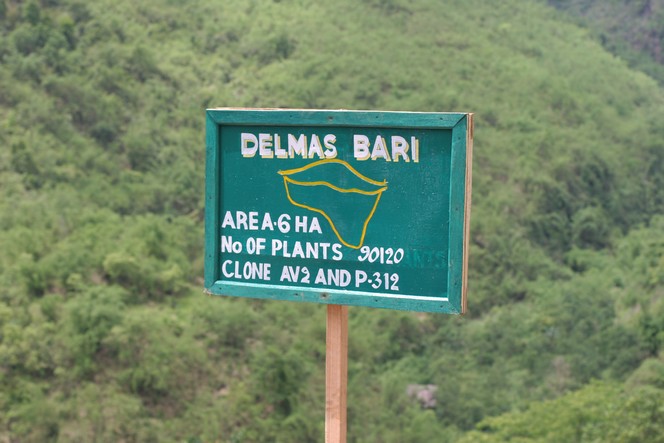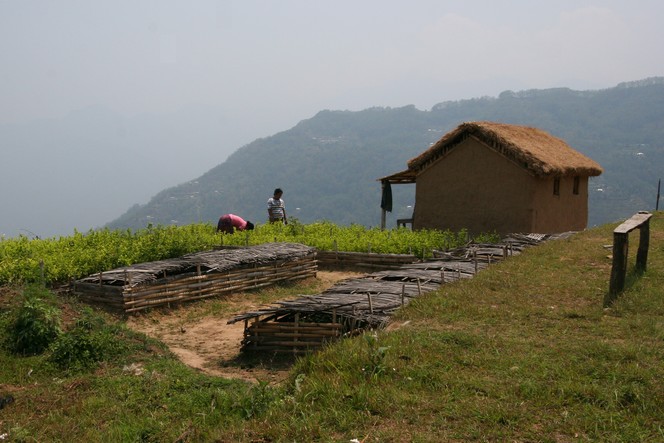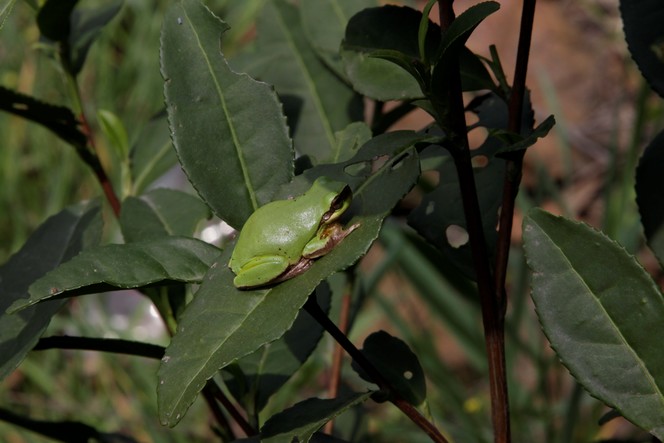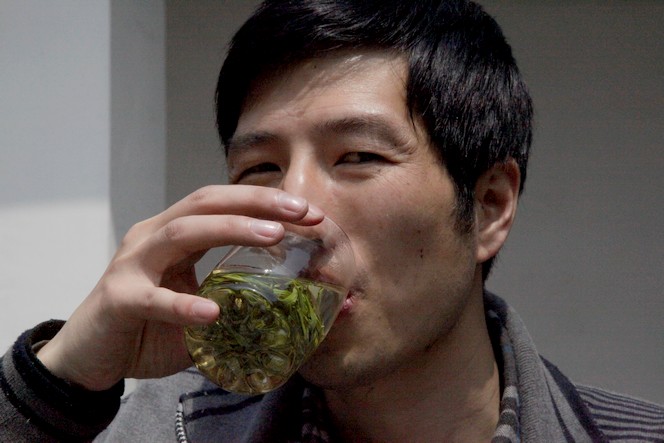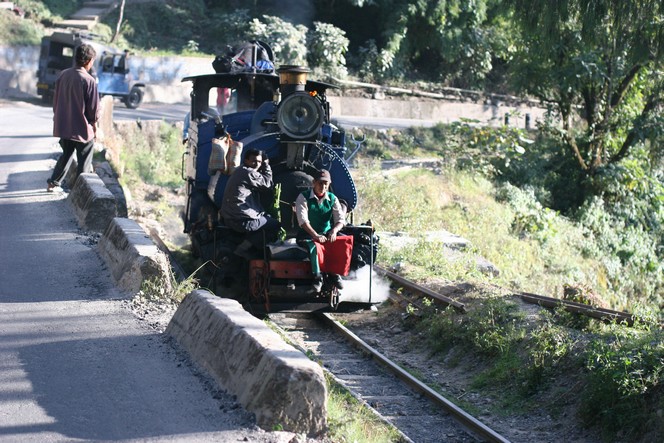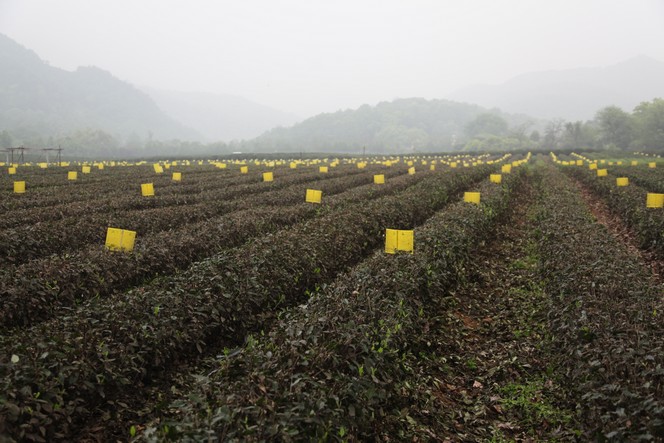Darjeeling teas harvested at this time of year have a very different bouquet to those plucked in the spring. Woody, fruity fragrances instead of vegetal aromas, for example. But their prestige is equally high, which is why I’m here, right now, selecting the best of them.
Every time I come to Darjeeling I make sure I visit Gopal Somani. We had lunch together on Saturday at his Puttabong plantation. He’s a wonderful man and his experience is worthy of respect: not only does he produce some of the best teas in the region, but he has also taught many other planters.

